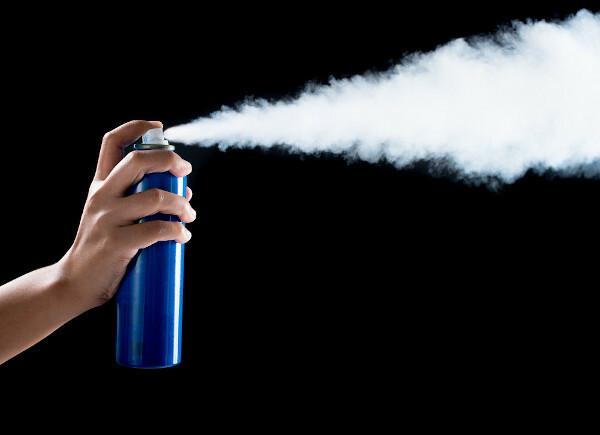The diamond is recognized worldwide for its rare beauty and dazzling brilliance. Such precious stone has an estimated value and is used to compose the most valuable jewels. The secret to so much glamor is in cutting, it needs to give the stone the ability to receive light from the top, reflect it inside and come out again. This way the light will reflect the diamond's brilliance as much as possible.
To cut a rough diamond stone, the jeweler needs to cut it into numerous facets (limiting surface). A good cut is the one that gives maximum scintillation and light scattering.
Do not stop now... There's more after the advertising ;)
Wouldn't it be possible for the glass, after going through this process, to also exhibit a remarkable shine? It turns out that diamonds have a much higher refractive index.
Refraction is understood as the ability to scatter light. Therefore, even if the glass were cut and acquired numerous facets, it would not emit the same shine, because it does not have the same refractive index as diamond.
By Líria Alves
Graduated in Chemistry
Would you like to reference this text in a school or academic work? Look:
SOUZA, Líria Alves de. "Diamond Brilliance"; Brazil School. Available in: https://brasilescola.uol.com.br/quimica/brilho-diamante.htm. Accessed on June 28, 2021.


